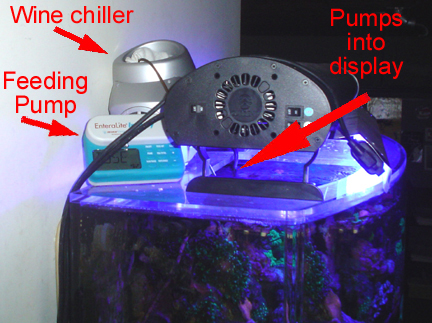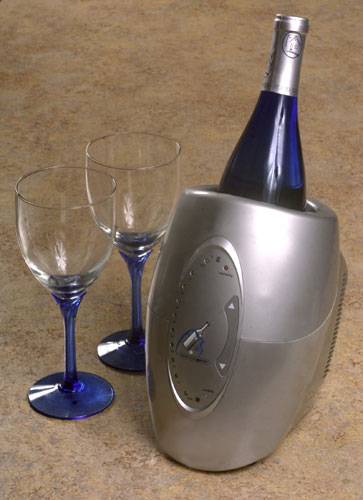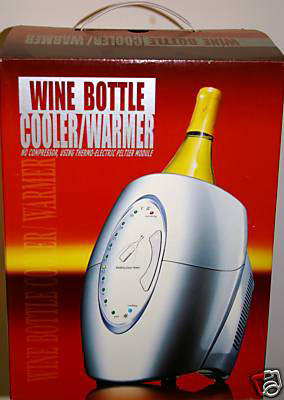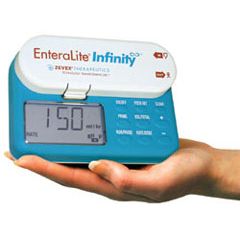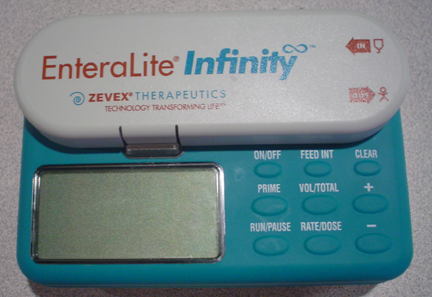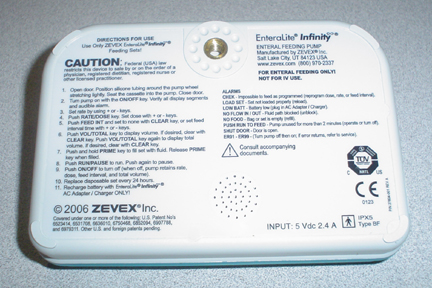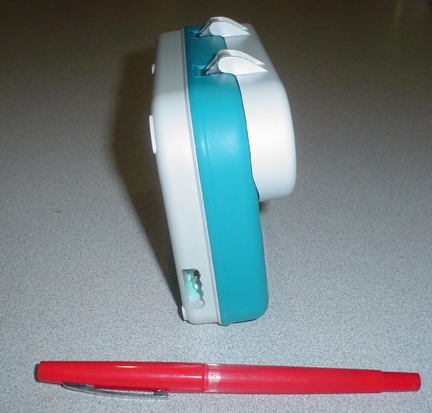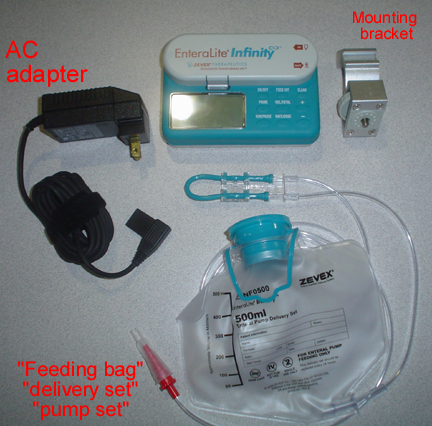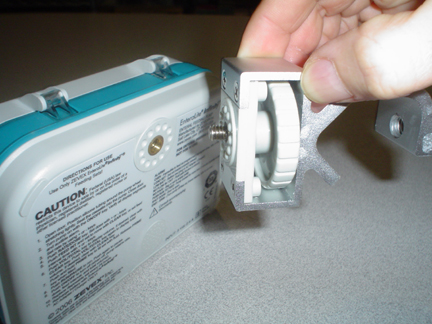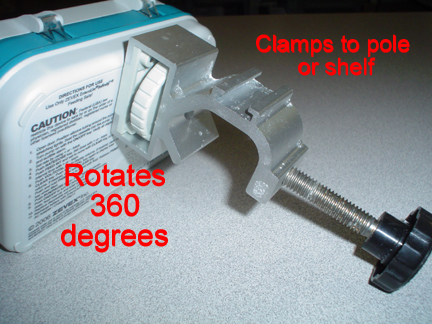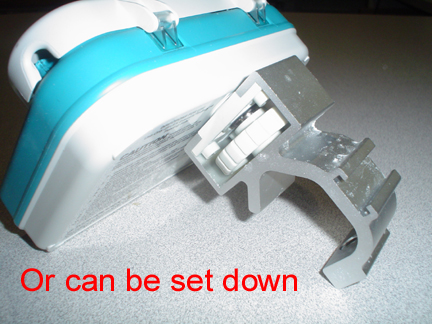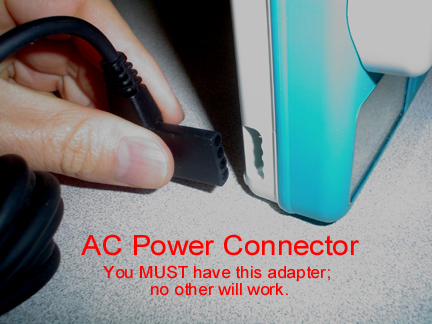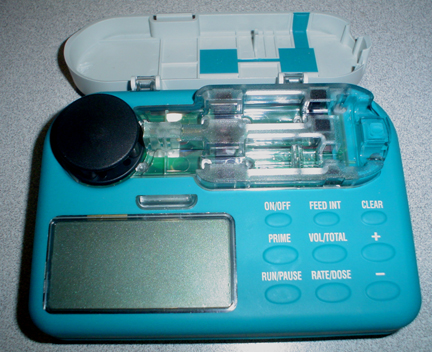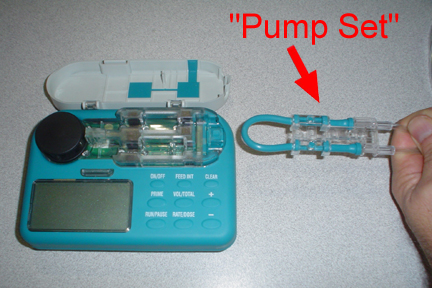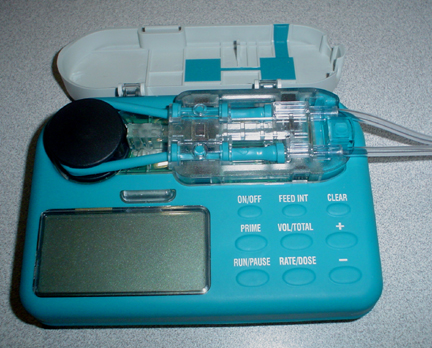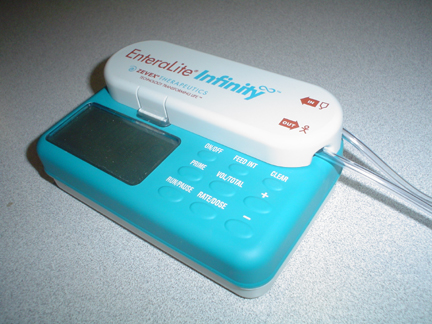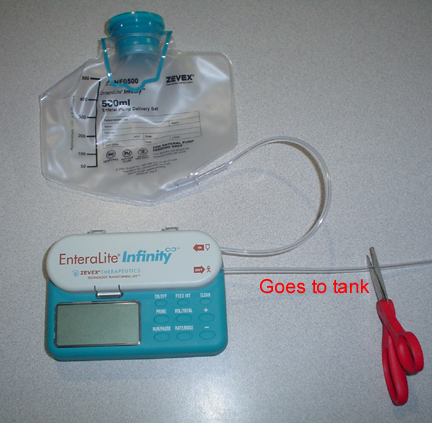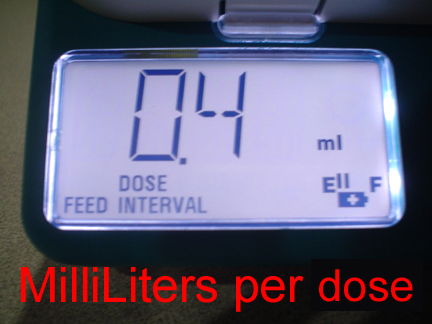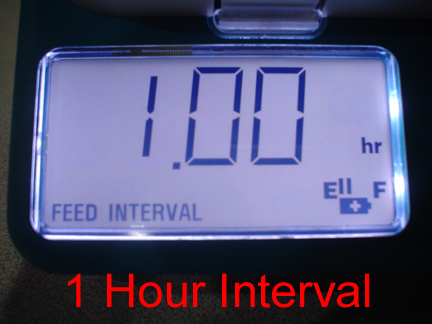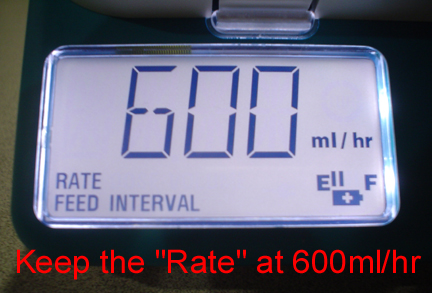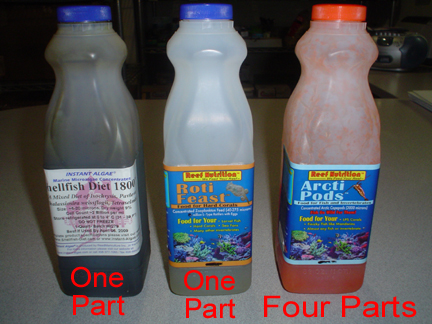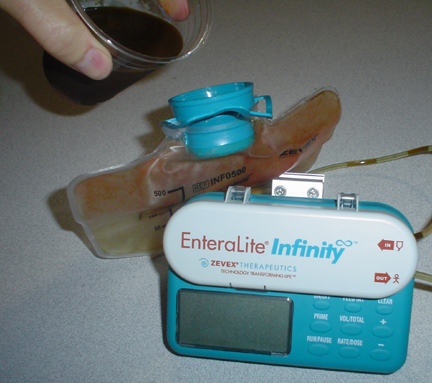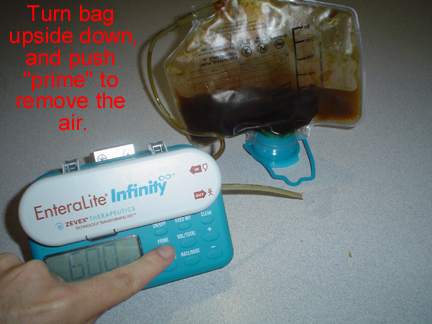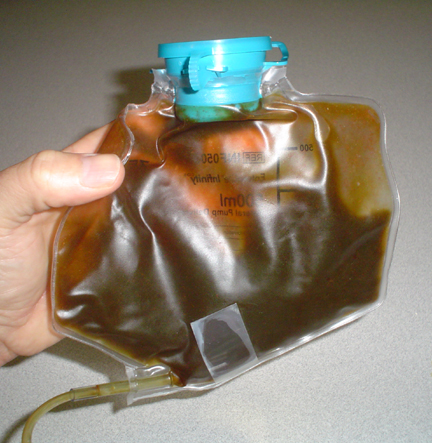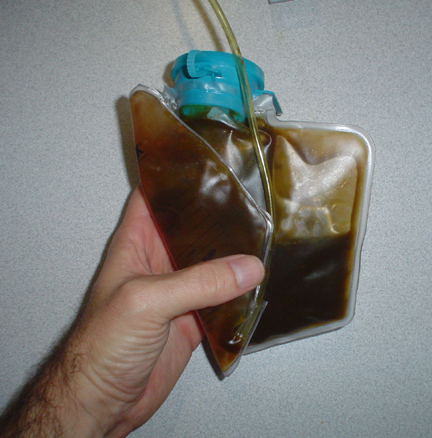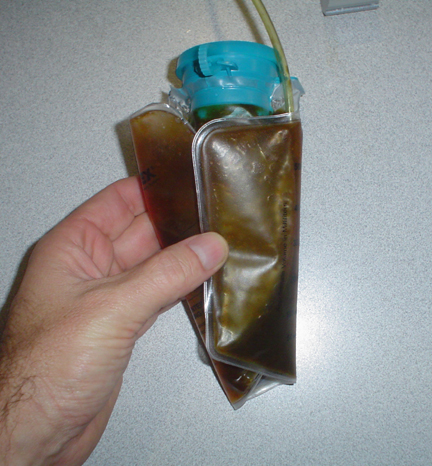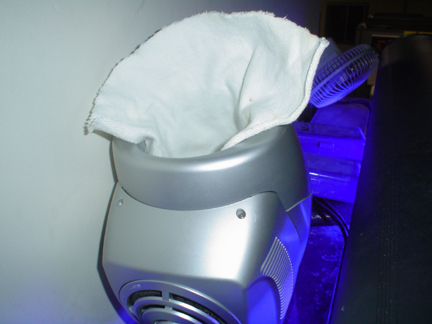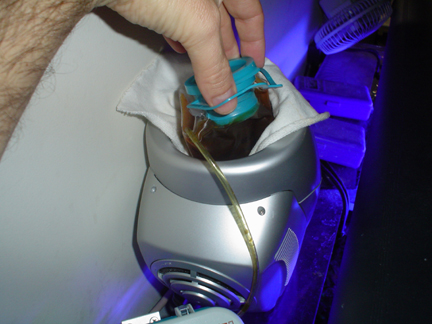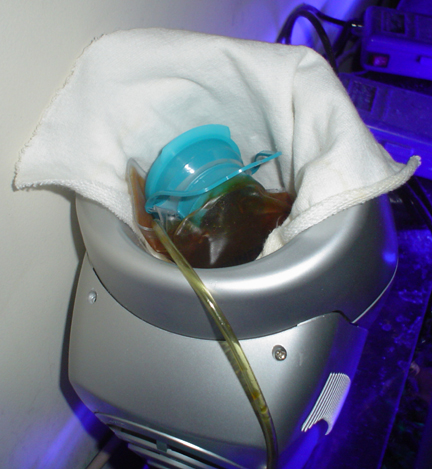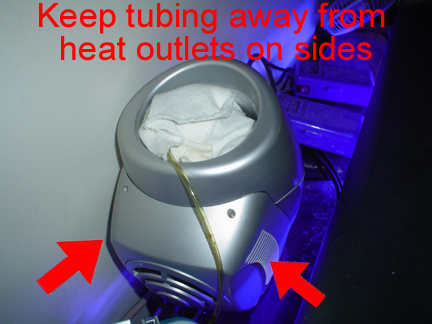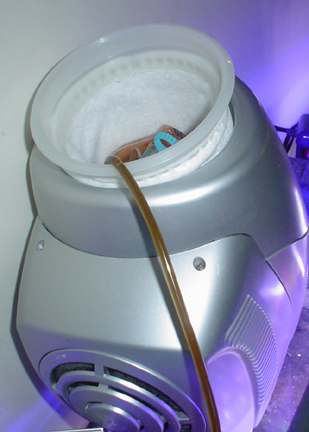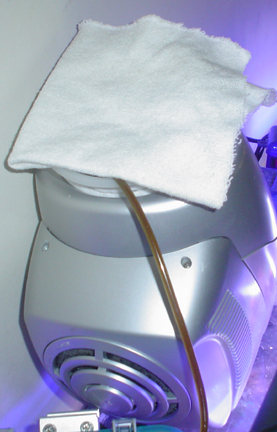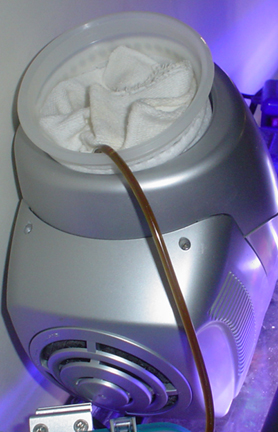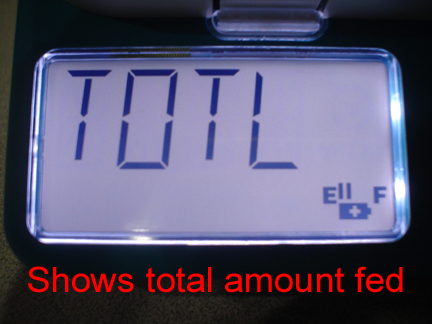santamonica
Member
Automatic Continuous Feeder
Part 1 of 5
Here is my solution to the problem of trying to feed continuously. My application was for feeding NPS corals, but this will work for any corals, and most fish. Here is a pic and vid of the food being sprayed into the display:

Video:
http://www.youtube.com/watch?v=uKLwB-xpRls
Advantages of continuous feeding:
Overall: The ocean generally feeds it's corals continuously (although maybe more at night), so duplicating this allows the corals (and some fish, especially tangs) to eat more like they do in the wild.
Less rotting: When you manually feed once or twice a day, much of the food gets past the fish and corals, and rots in the rocks and sand. When you feed continuously, the fish and corals get most of the food before it settles. So you get to feed the same amount, but the fish and corals get more, and less rots.
Keep pumps running: Many people turn their return pump off while feeding, so that food does not go to the sump. This is not necessary with continuous feeding, since most of the food will be eaten in a few seconds, and thus won't even make it to the overflow. So pumps last longer.
Keep skimmer running: Many people also turn their skimmer off while feeding. Again this is not necessary; food removed by the skimmer is being constantly replaced by the feeder (you may have to feed a little more, however, to make up for it.)
Mandatory for NPS: Non Photo Synthetic corals must have as close to continuous feeding as possible. Some of the more difficult NPS will actually close up if you feed too much at one time; thus, small continuous amounts are the only way to keep them alive.
No forgotten feedings: While not critical to fish, some corals (and certainly NPS) may not open again if you miss too many feedings.
More accurate: Since the feeder is automatic, you know for sure how much you are feeding, and how much you have fed. This makes it easy to compare coral growths (as well as nuisance algae growth) while varying the feeding amounts.
Free time: I thought that I'd miss feeding, but I don't. I still get to watch the feedings (for me, every hour), I just don't have to stand up and do them.
Part 1 of 5
Here is my solution to the problem of trying to feed continuously. My application was for feeding NPS corals, but this will work for any corals, and most fish. Here is a pic and vid of the food being sprayed into the display:

Video:
http://www.youtube.com/watch?v=uKLwB-xpRls
Advantages of continuous feeding:
Overall: The ocean generally feeds it's corals continuously (although maybe more at night), so duplicating this allows the corals (and some fish, especially tangs) to eat more like they do in the wild.
Less rotting: When you manually feed once or twice a day, much of the food gets past the fish and corals, and rots in the rocks and sand. When you feed continuously, the fish and corals get most of the food before it settles. So you get to feed the same amount, but the fish and corals get more, and less rots.
Keep pumps running: Many people turn their return pump off while feeding, so that food does not go to the sump. This is not necessary with continuous feeding, since most of the food will be eaten in a few seconds, and thus won't even make it to the overflow. So pumps last longer.
Keep skimmer running: Many people also turn their skimmer off while feeding. Again this is not necessary; food removed by the skimmer is being constantly replaced by the feeder (you may have to feed a little more, however, to make up for it.)
Mandatory for NPS: Non Photo Synthetic corals must have as close to continuous feeding as possible. Some of the more difficult NPS will actually close up if you feed too much at one time; thus, small continuous amounts are the only way to keep them alive.
No forgotten feedings: While not critical to fish, some corals (and certainly NPS) may not open again if you miss too many feedings.
More accurate: Since the feeder is automatic, you know for sure how much you are feeding, and how much you have fed. This makes it easy to compare coral growths (as well as nuisance algae growth) while varying the feeding amounts.
Free time: I thought that I'd miss feeding, but I don't. I still get to watch the feedings (for me, every hour), I just don't have to stand up and do them.

